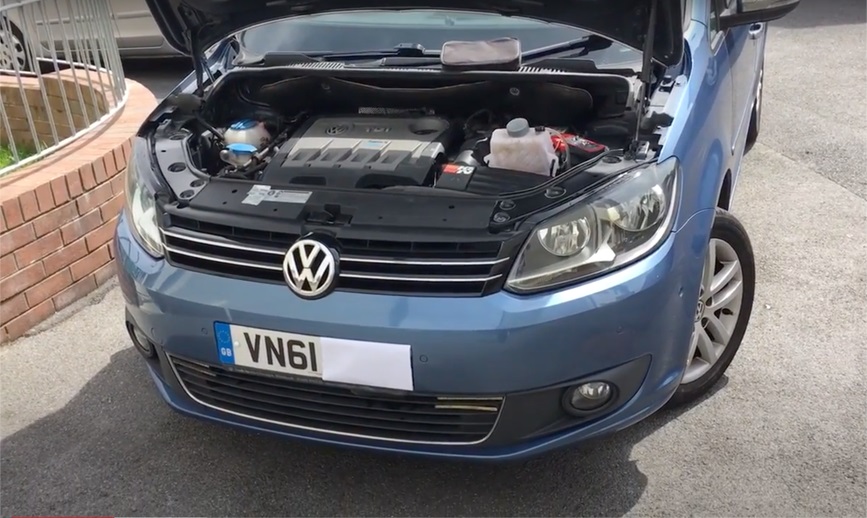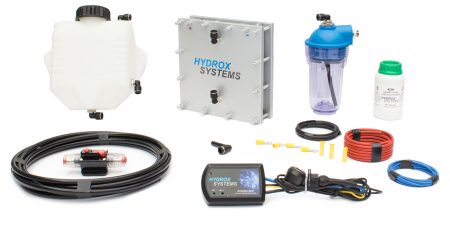Where to install the HHO kit in my car
Where can I install the HHO kit in my car?
One of the most critical questions regarding the installation is that, in today’s vehicles, there is little room for anything under the hood. The manufacturer did not prepare space for an HHO kit. If you are wondering, “Where do I install the HHO kit in my car?”
There are two possible ways of installation: Into the engine bay or in the trunk.
Of course, both places have pros and cons. The HHO kit should be in the vehicle’s body. It must be protected from upcoming wind, sand, heat, direct sun rays, stones, etc. Check around the engine. In most cases, you can not see it visually. You might have to remove some parts, like plastic covers over the engine, front bumper, or plastic inner fender above some wheels, to be able to check it out. There could be some space.
Not possible?
Then, you can consider mounting it in the trunk as a second option. It’s preferable to be in front because of the charging system. All wires need to be as short as possible, so wiring will be much easier.
Install it in the trunk; why not?
But long wires will run from the front to the car’s back. I do not recommend this because the cables may break, and they must be secured! If it’s in the back, space is taken from your trunk. In case of any gas leakage, there is no ventilation. The gas will be kept in the vault, which is not safe.
Before installing, check the engine bay to determine the best place to mount the HHO kit.
You have four main items that must be installed.
The first item that you have to mount is the HHO Dry Cell.
You can try between the cooling radiator and the bumper. Make sure the Dry cell is attached in a proper position and well connected with bolts to the chassis. After installation, you must also be able to plug the hoses into the Push-In fittings.
The second essential item is the HHO Reservoir.
The only requirement is that the HHO tank be installed on a higher level than the HHO Dry cell because the electrolyte must enter the Dry cell only by gravity.
The third item is the HHO Bubbler.
Regarding the HHO bubbler, finding a space is effortless because this device is tiny. The only condition about the bubbler is that a small pipe emerges from the bottom of the HHO bubbler. This little pipe determines the maximum level of liquid inside, which is condensation water. Usually, it’s kept there to prevent the condensation water from entering the engine after long hours of operation. This tiny pipe sometimes drips off to release extra condensation water, the same as from the vehicle’s air conditioner. Just be careful where you install this HHO bubbler.
The last item that needs some space is Dynamic PWM.
It is a compact device so you can find space for it. It must be in a dry and cool place in the engine bay. The most important thing is that it must be accessible because you must set up the Dynamic PWM after installing all items and connecting all wires. With the two hidden buttons on the Dynamic PWM, you can set it up via the manual for programming.
After installing all hoses and wires in the vehicle, you can prepare and fill it with electrolytes. Electrolytes are the raw material used to produce HHO gas.
Advice: If you are handy and have all the necessary tools, you can do it yourself in less than two hours!
That is all we need to know about light vehicles. Although the manuals may contain too much information, they are actually quite easy to follow!
Trucks, buses, agri machinery, gensets, and other heavy equipment are different because they are Plug N Play HHO Systems—already built-in metal cases that are machines for their purpose!
Subscribe our Newsletter




